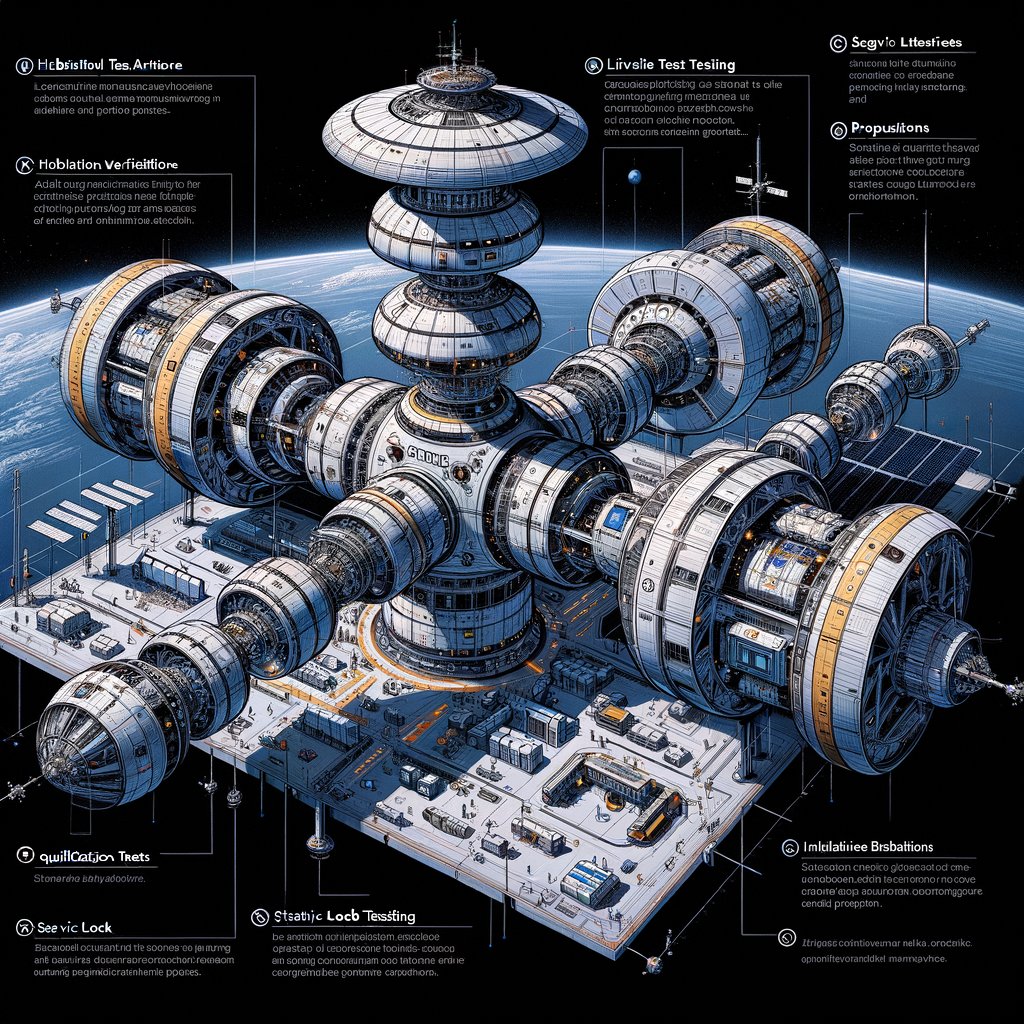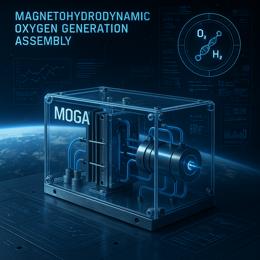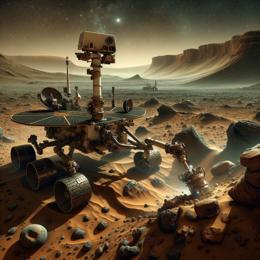Image created by AI
NASA's Starlab Inches Closer to Reality with Completion of Key Developmental Milestones
NASA’s ambitious project, Starlab, a commercial space station under development, has successfully crossed four crucial milestones, signifying major advances in its journey towards operational capability. This initiative is part of NASA's broader strategy to encourage commercial activities in low Earth orbit as the International Space Station approaches retirement.
In 2021, NASA awarded a Space Act Agreement specifying these milestones, which include the preliminary design of the habitat structural test article, systems integration, integrated operations, and a habitat structural test plan. Angela Hart, the program manager for NASA’s Commercial Low Earth Orbit Development Program, hailed these accomplishments as strong indicators of Starlab's dedication to the evolving marketplace of commercial low Earth orbit destinations.
The design for Starlab is slated to be launched in a single mission encompassing a habitation and laboratory module along with a smaller service module focused on power and propulsion. Such structuring is paramount, as it encapsulates the essential survival and operational elements in a compact and efficient manner.
One of the highlighted achievements this year was the completion of the structural test article preliminary design review backed by NASA. The development of this structural test article—an engineering prototype of the station’s living and working quarters—underscores the rigorous testing and validation process in place to ensure astronaut safety and operational integrity onboard.
Furthermore, Starlab recently outlined a comprehensive test plan for this structural article, encompassing various qualification tests from welding verifications to intensive pressure testing and static load assessment. These tests are critical for confirming the structure's resilience and suitability for the harsh conditions of space.
The project also saw significant achievements in integration operations and systems integration reviews. These included detailed examinations of the station architecture, segment interfaces, and overall program objectives, ensuring that all components function harmoniously within the predefined parameters and goals.
Looking ahead, Starlab is on track to complete a preliminary design review and a phase 1 safety review by the year's end. These reviews will assess the station’s design against stringent system requirements and human spaceflight safety standards to ascertain that it can operate within acceptable risk thresholds.
These advancements represent a part of NASA's larger vision to foster a vibrant ecosystem in low Earth orbit, characterized by scientific research and commercial opportunity. As the space agency plans for the post-International Space Station era, initiatives like Starlab are crucial for sustaining U.S. leadership in microgravity research and ensuring ongoing benefits to humanity from space exploration.










